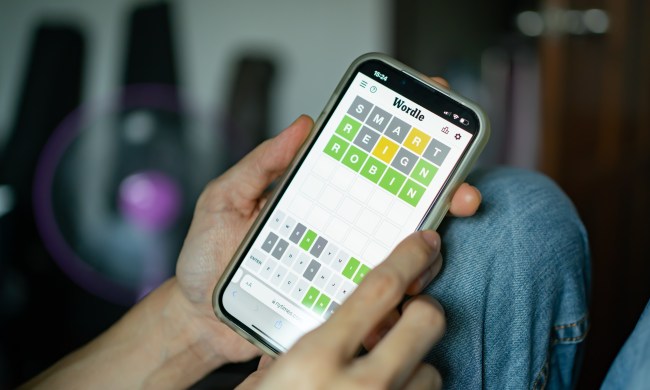Fullbright takes us on a hands-on tour of Tacoma, the studio’s anxiously-anticipated follow-up to Gone Home.
Developer Fullbright’s follow-up to its 2013 indie darling Gone Home forgoes its predecessor’s suburban setting for a futuristic trip to the stars. Set in 2088 on a mysteriously abandoned space station, Tacoma tasks players with exploring the doomed craft and discovering what happened to its six-member crew.
A few minutes into our hands-on session with the first-person, story-driven adventure, the titular vessel is rocked by an explosion. The blast can’t be seen or heard directly, but its impact feels as real as the special effects-laden detonations we’ve experienced in any number of triple-A action games.
The immersion can be credited to the very real reactions of the craft’s crew. Following a brief moment of panic and confusion, they scramble to assess the damage, ultimately concluding their oxygen supply has been compromised and all outside communication cut off. We’re only half-way through a 15-minute demo, but we already fear for the fate of these strangers following this potentially catastrophic event.
Much of our concern for these folks stems from the fact we’ve already gotten to know them. Our protagonist hasn’t actually met or even seen them in the flesh, but as an explorer sent to recover data, she’s watched augmented reality recordings of their personal interactions, and other activities leading up to the disaster.
Augmented reality recordings are the new audio logs
This “digital evidence,” as Fullbright co-founder Steve Gaynor calls it, represents the six members as colorful holograms. A sort of evolution of the story-shaping audio logs, notes, and books found in Gone Home, Tacoma‘s AR records allow players to piece together the game’s narrative puzzle.
“You’ll be exploring this place and kind of reconstructing the story of what happened there through what you found…that’s what Gone Home was all about.” Gaynor said.

This narrative device allows us to peek into the lives of the crew before disaster struck, but in a non-linear fashion as we explore the station at our own leisure. Snooping around a bit, we listen to one playing guitar in their cabin, watch as two others prepare a celebratory cake in the kitchen, and spy the station’s administrator logging some notes into her own AR device.
On top of seeing these people going about their daily lives, we spot a number of nuanced details — from posters and books found in their private quarters, to a sleeping “crew member companion animal” (cat) curled up in a chair — that effectively inject life and personality into an otherwise sterile atmosphere.
“You’ll be exploring this place and kind of reconstructing the story of what happened there through what you found.”
While this type of environmental storytelling might sound familiar to anyone who combed every nook and cranny of Gone Home‘s secret-filled residence, Tacoma builds on its predecessor’s plot-steering interactions by allowing players to rewind and re-experience its AR logs from different perspectives. Not only were we able to see what each member was up to prior to the explosion, but also witness how each individual reacted.
Following the aforementioned post-impact exploration —where the crew assembled to assess the damage— we rewound the data and went back to check on the cat. Sure enough, the sleeping feline was affected too, as its holographic image shook and distorted in response to the impact. The ability to re-watch these recordings also allows you to scrub the videos for important information, such as keypad codes hidden within the logs, which you might miss on your first viewing. The crew members may also open their own AR logs while you’re watching, allowing you to read their emails and gather other important intel.
Gone Home… to space
Tacoma’s characters and story are also complemented by the game’s unsettling sci-fi environment. While it’s not overtly scary, its claustrophobic atmosphere evokes the creepiness of BioShock, while the space station’s AI overseer, ODIN, seems capable of the sort of nefarious deeds that would make System Shock‘s Shodan proud.

Whether or not Tacoma has some scares hidden beneath the surface remains to be seen, but it does appear to be doubling down on the engaging environmental exploration that saw Gone Home resonate with gamers of all stripes.
Of course, our enthusiasm isn’t solely a product of our time with Tacoma, but also the goodwill Fullbright earned with its stellar debut. Without the novelty or momentum of being a “surprise hit,” their latest may have to work a bit harder to stand out among all the titles that have, ironically, been inspired by Gone Home.
If its absorbing mystery, compelling sci-fi atmosphere, and AR-driven gameplay are any indication, though, it seems Tacoma is not only aiming to separate itself from the competition, but also its acclaimed predecessor.
Highs
- Atmospheric setting
- Smart storytelling
- Compelling characters
- Absorbing mystery
Lows
- Can it live up to Gone Home?


